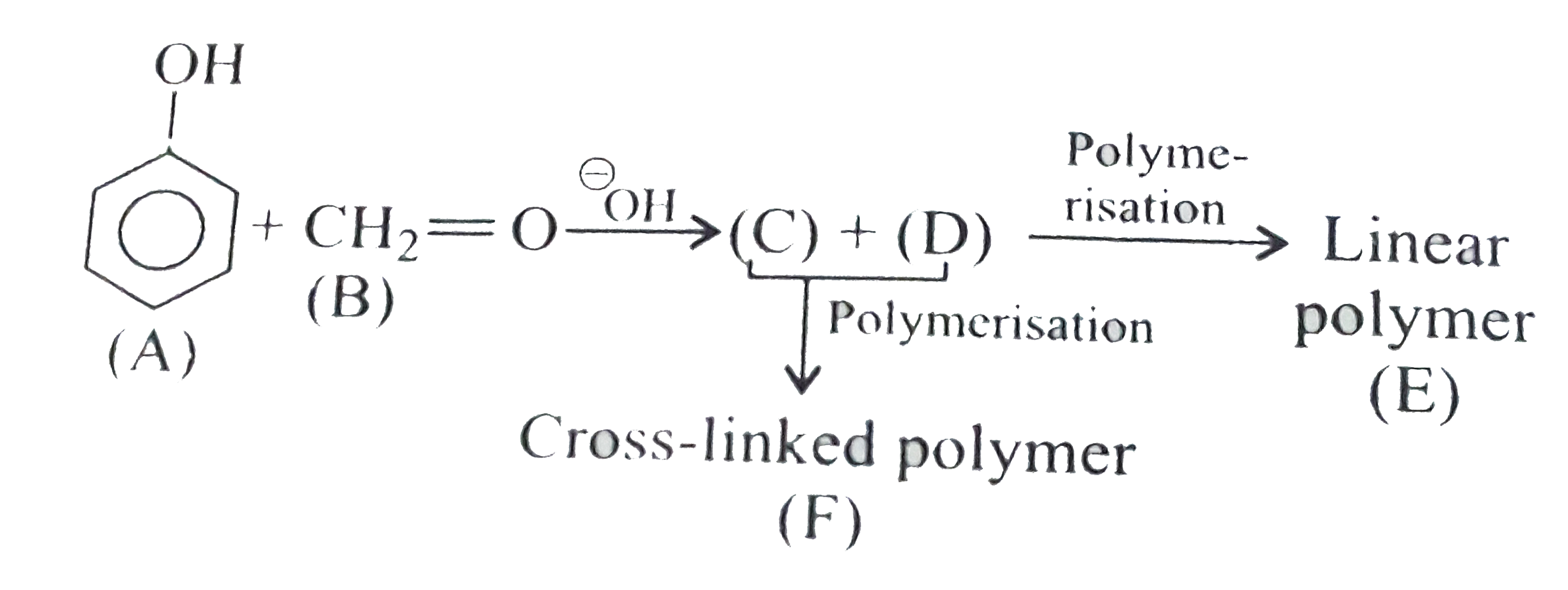To have practical applications why are cross links quetioined in rubber?
Step-by-Step Solution:
1. Understanding Rubber and Its Properties:
- Natural rubber is a polymer that exhibits elastomeric properties, meaning it can stretch and return to its original shape. However, it has limitations such as becoming soft at high temperatures and brittle at low temperatures.
2. Temperature Effects on Rubber:
- At high temperatures (above 335 K), natural rubber becomes soft, which can lead to deformation under stress.
- At low temperatures (below 213 K), it becomes brittle, making it prone to cracking and breaking.
3. Need for Cross-linking:
- To improve the performance of rubber under various temperature conditions, cross-linking is introduced. Cross-links are chemical bonds that link polymer chains together, enhancing the material's strength and elasticity.
4. Vulcanization Process:
- The process of introducing cross-links in rubber is known as vulcanization. During vulcanization, sulfur is added to raw natural rubber.
- Sulfur forms cross-links at the reactive sites of the double bonds present in the rubber molecules (isoprene units).
5. Effects of Cross-linking:
- The formation of cross-links makes the rubber more rigid and durable, allowing it to maintain its shape and elasticity over a wider range of temperatures.
- This process significantly enhances the elastomeric properties of rubber, making it suitable for practical applications such as tires, where durability and flexibility are crucial.
6. Example of Practical Application:
- In tire manufacturing, typically about 5% sulfur is used as a cross-linking agent. This enhances the rubber's properties, making it suitable for the demands of road use.
7. Conclusion:
- Cross-links are essential in rubber to improve its mechanical properties, ensuring it can withstand various environmental conditions and stresses, thereby making it suitable for practical applications.
- Natural rubber is a polymer that exhibits elastomeric properties, meaning it can stretch and return to its original shape. However, it has limitations such as becoming soft at high temperatures and brittle at low temperatures.
- At high temperatures (above 335 K), natural rubber becomes soft, which can lead to deformation under stress.
- At low temperatures (below 213 K), it becomes brittle, making it prone to cracking and breaking.
- To improve the performance of rubber under various temperature conditions, cross-linking is introduced. Cross-links are chemical bonds that link polymer chains together, enhancing the material's strength and elasticity.
- The process of introducing cross-links in rubber is known as vulcanization. During vulcanization, sulfur is added to raw natural rubber.
- Sulfur forms cross-links at the reactive sites of the double bonds present in the rubber molecules (isoprene units).
- The formation of cross-links makes the rubber more rigid and durable, allowing it to maintain its shape and elasticity over a wider range of temperatures.
- This process significantly enhances the elastomeric properties of rubber, making it suitable for practical applications such as tires, where durability and flexibility are crucial.
- In tire manufacturing, typically about 5% sulfur is used as a cross-linking agent. This enhances the rubber's properties, making it suitable for the demands of road use.
- Cross-links are essential in rubber to improve its mechanical properties, ensuring it can withstand various environmental conditions and stresses, thereby making it suitable for practical applications.
Topper's Solved these Questions
- POLYMERBOOK - NCERT EXEMPLAR ENGLISHCHAPTER - POLYMEREXERCISE - Matching The Columns
8 Videos
- POLYMERBOOK - NCERT EXEMPLAR ENGLISHCHAPTER - POLYMEREXERCISE - Assertion and Reason
7 Videos
- POLYMERBOOK - NCERT EXEMPLAR ENGLISHCHAPTER - POLYMEREXERCISE - Multiple Choice Question (More Than One Option)
11 Videos
- P-BLOCK ELEMENTSBOOK - NCERT EXEMPLAR ENGLISHCHAPTER - P-BLOCK ELEMENTSEXERCISE - Long Answer Type Questions
3 Videos
- SOLID STATEBOOK - NCERT EXEMPLAR ENGLISHCHAPTER - SOLID STATEEXERCISE - long answer type questions
4 Videos
Similar Questions
Write two practical applications of convection currents.
View SolutionGive practical application of spreading of liquid over solid.
[ Hint. Resin is used with solder is a tin-lead alloy )in soldering etc.]
View SolutionWhat is the practical application of the electrolysis of copper sulphate solution ?
View SolutionStatement-I: In practical application, power rating of resistance is not important.
Statement-II: Property of resistance remain same even at high temperature.
View SolutionThree dimensional molecules with cross-links are formed in case of
View SolutionWhat is ammonolysis ? Give its one application. Why do amines dissolve in mineral acids ?
View SolutionWhat is vulcanization ? Why is it done? Why is diphenyl added to rubber?
View SolutionBridges, roads, and railway lines are made in sections separated by rubber strips or gaps. Why?
View Solution
The cross-linked polymer(F)is:
View SolutionThe two polypeptide chasins of insulin are cross linked at ……… places.
View Solution
